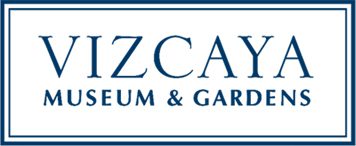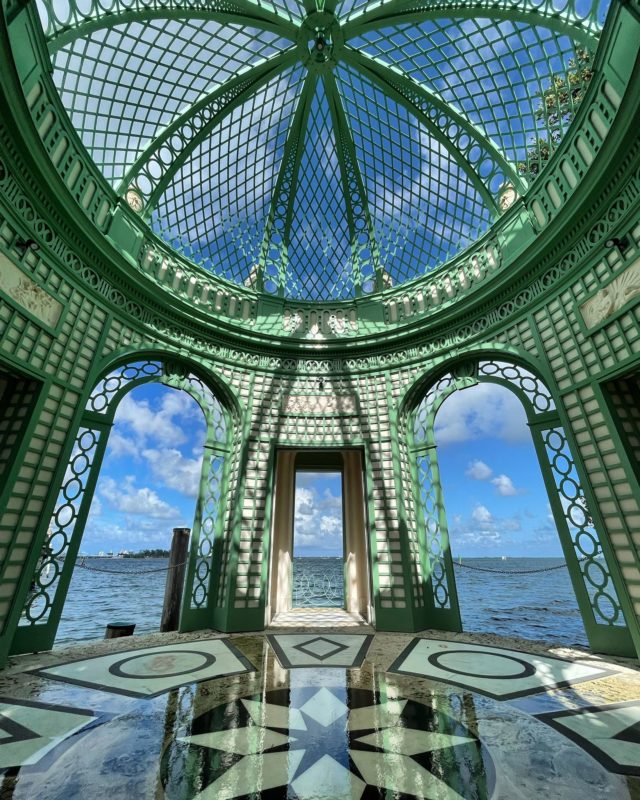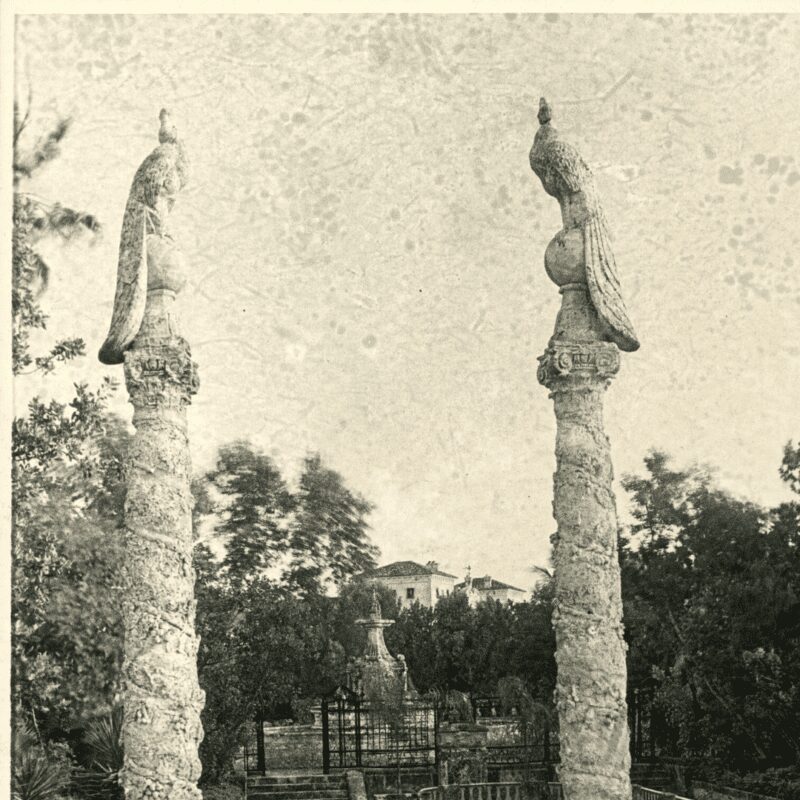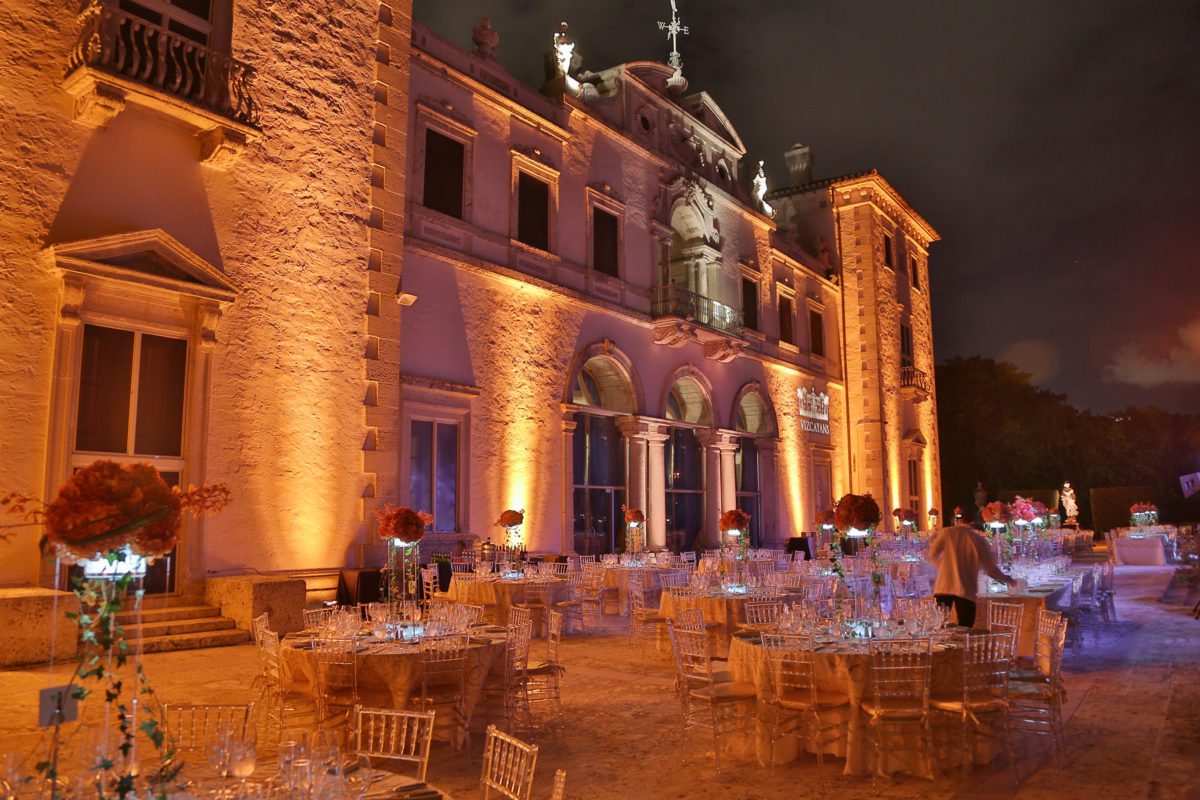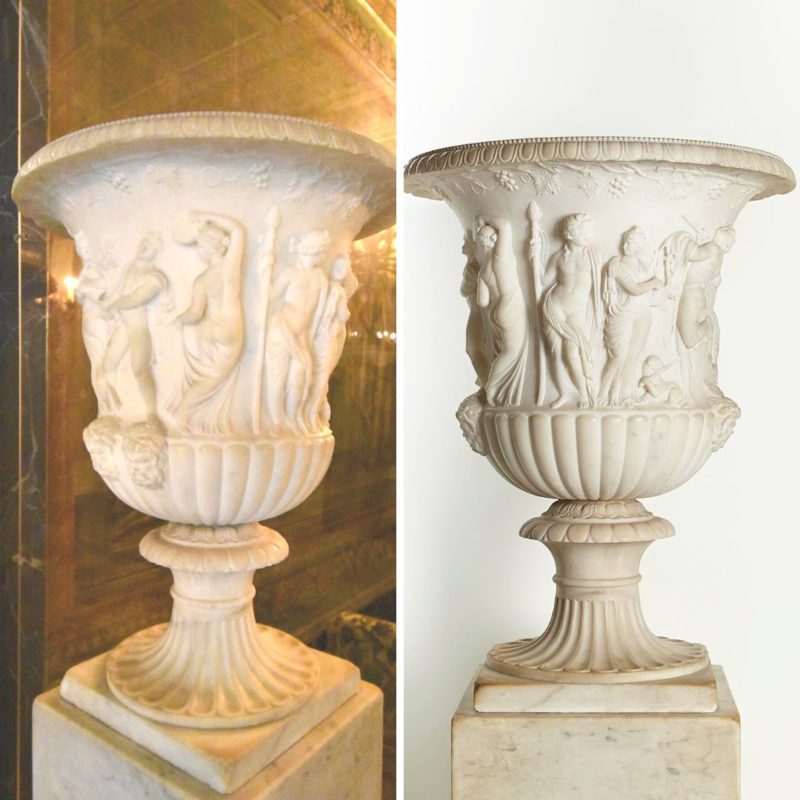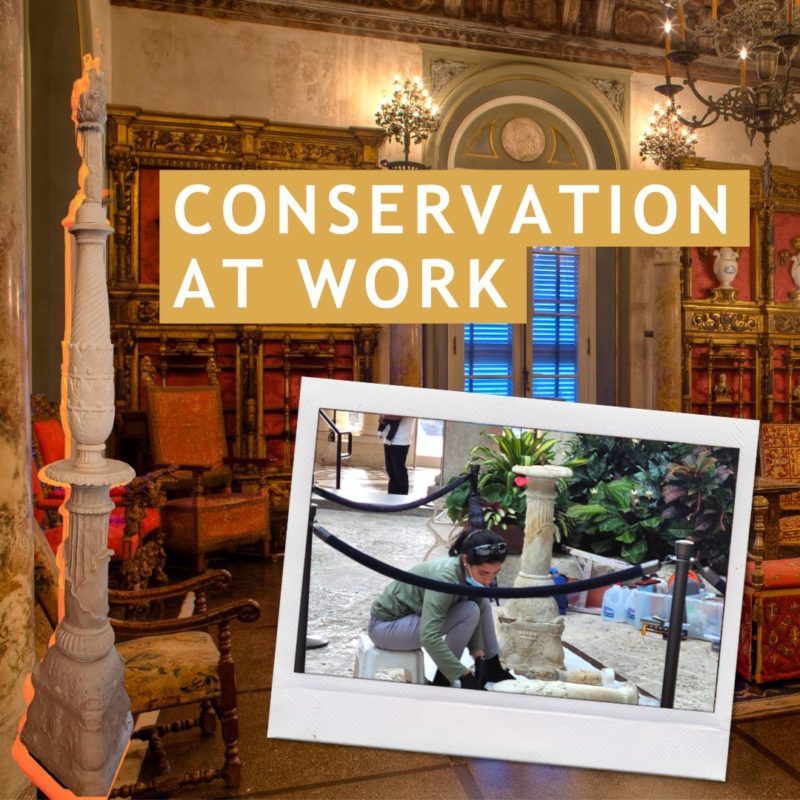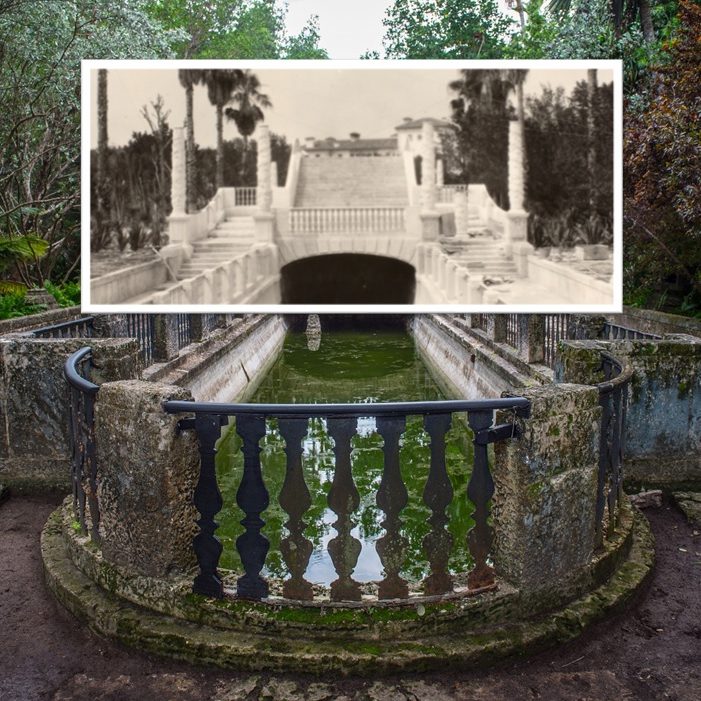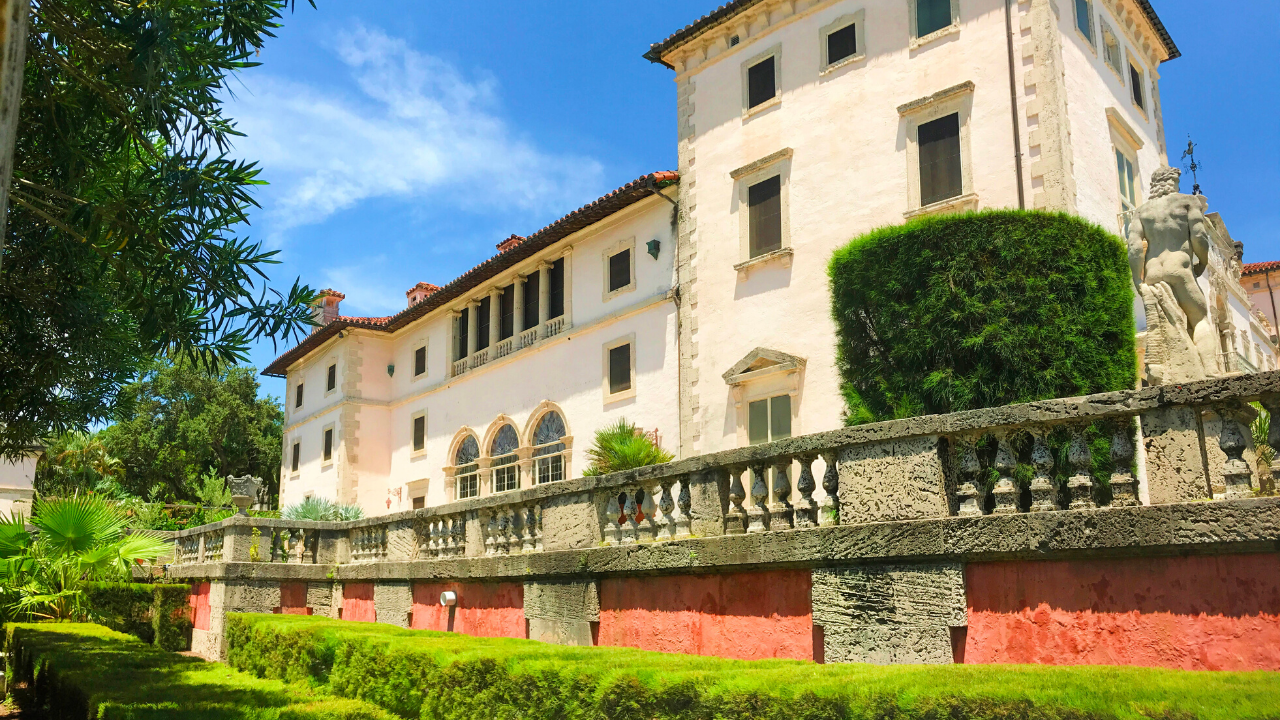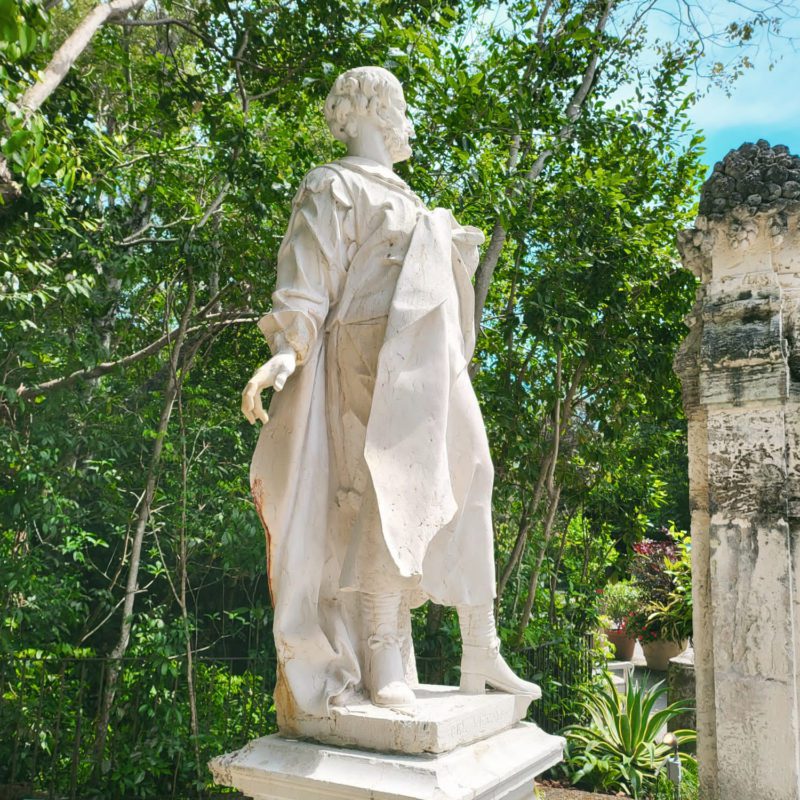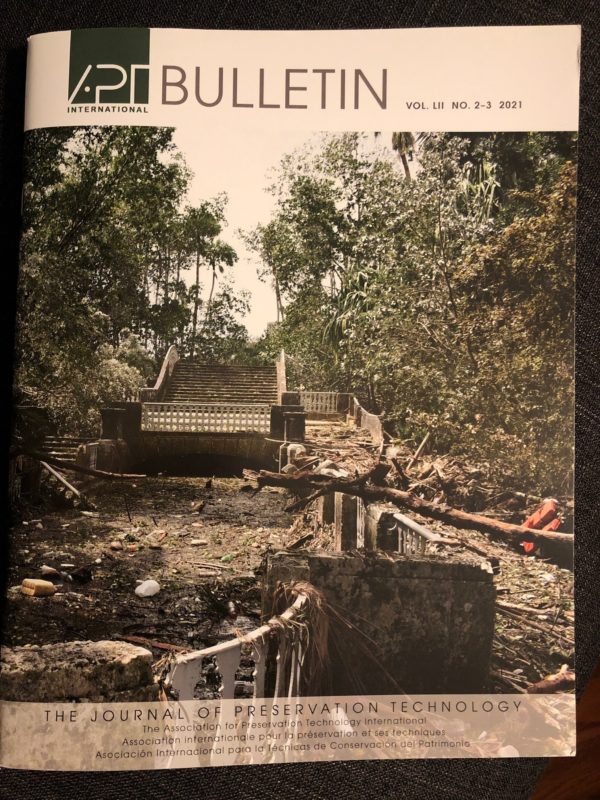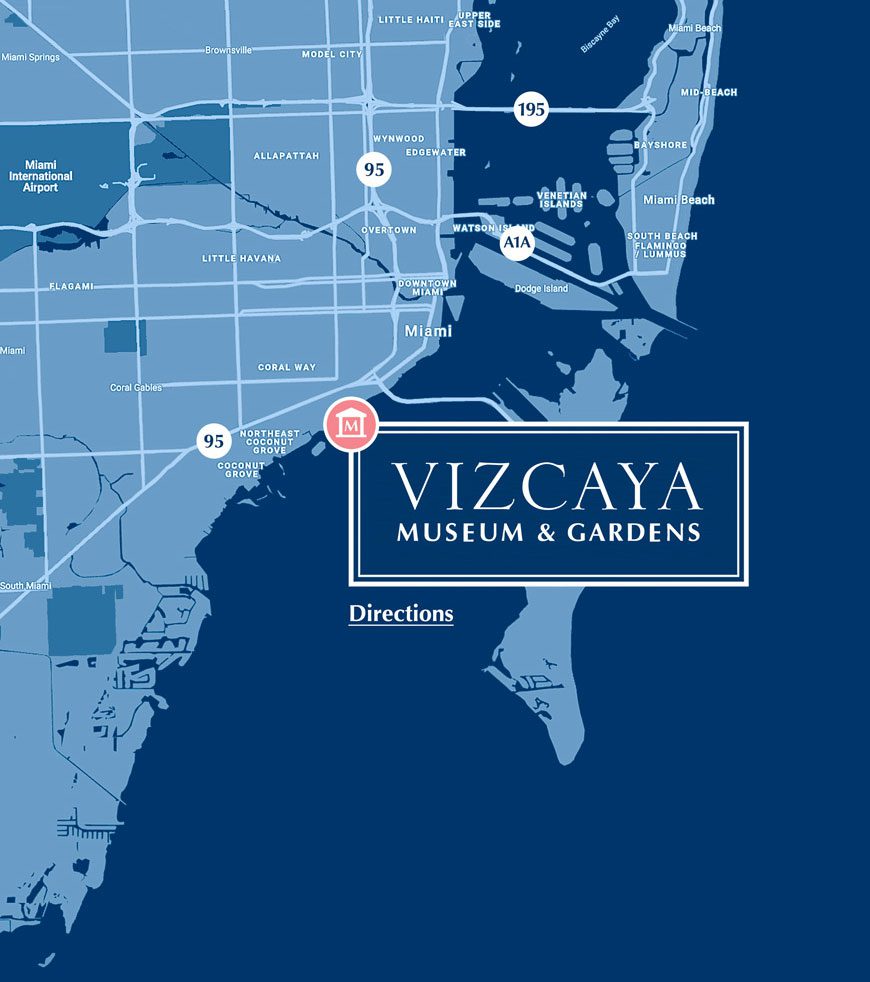A Glimpse into the Cleaning Process
Every year, the dedicated team at Vizcaya undertakes the colossal task of deep cleaning a specific room within the historic Main House. This process involves a comprehensive top-to-bottom cleaning, using a slow and meticulous process as well as conservation-grade solutions.
Although time-consuming and resource-intensive, this is an important step in preserving this National Historic Landmark and its cherished artifacts.
The Choice of Room: The Kitchen
Selecting the room for deep cleaning involves careful consideration. While there is a desire to clean all the rooms, the process can be disruptive to both staff and visitors. This year, the spotlight fell on the kitchen due to an upcoming installation taking place here in the approaching fall season.
The Team Approach
Deep cleaning a historical room is no small feat. It requires a collaborative effort across various departments within the museum. Maintenance, collections management, and even visitor services play a pivotal role in orchestrating the cleaning process. The team coordinates schedules to minimize disruptions and ensures that all safety precautions are in place. Additionally, this Kitchen cleaning provided a unique opportunity for our summer interns from different departments to come together and learn from each other.
The Challenge of Time
One of the most significant challenges faced during this endeavor is the constraints of time. The cleaning process, spanning six weeks, involves eight hours of dedicated work per day. The team, comprising two individuals, worked diligently to complete the task. Despite the ambitious schedule, they had to ensure the highest standards of care and attention to detail, often juggling multiple tasks simultaneously.
Unveiling the Unexpected
The cleaning project revealed not only the beauty of the kitchen’s historic artifacts but also some unexpected challenges. Objects that hadn’t been accessed in years, such as cabinets, had become stuck and required ingenuity to unlock without causing any damage. Mold was discovered, necessitating both cleaning and disinfection procedures. Additionally, some objects presented unique issues, such as fibrous accretion on certain metal surfaces, sparking a journey of discovery into the intricacies of these materials.
Preserving Authenticity through Conservation
Cleaning isn’t just about aesthetics; it’s a vital aspect of preservation and conservation. The process involves a delicate balance of using appropriate cleaning methods to maintain authenticity while ensuring the objects’ longevity.
Solubility testing and step-by-step approaches are employed to safeguard the integrity of each surface. The team takes meticulous notes and photographs, documenting the state of the objects before, during an after treatment for future reference. This preventive conservation work ensures that historical artifacts continue to tell their stories for generations to come.
A Window into History
Most of the cleaning process took place during the museum’s operating hours, giving visitors a unique glimpse into the hidden work that goes on behind the scenes.
While the cleaning itself may be laborious and time-consuming, it showcases our commitment to preserve history, honor authenticity, and share the stories that lie within each artifact. Visitors who witness this process gain a deeper appreciation for the effort and dedication required to maintain these treasures.
Support Vizcaya’s Conservation Efforts
Help Vizcaya continue to preserve its vast collection by making an online donation.
Together, we can safeguard this rich cultural heritage for future generations to explore and appreciate.
